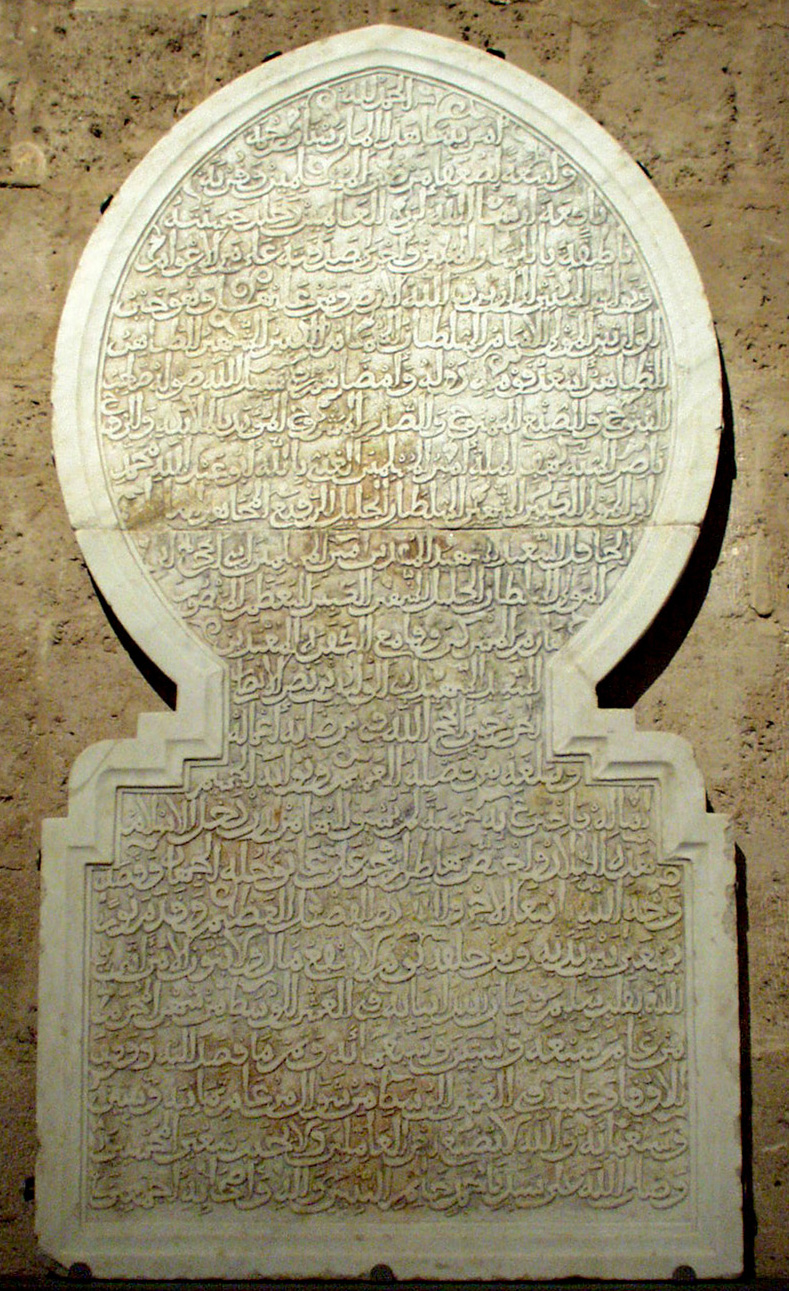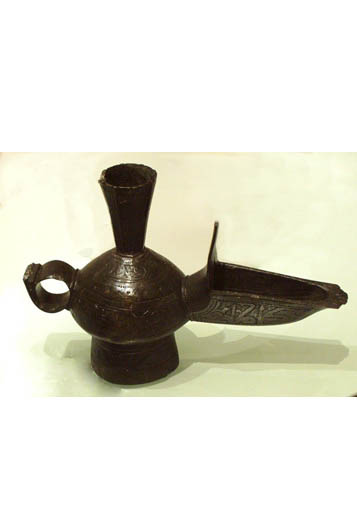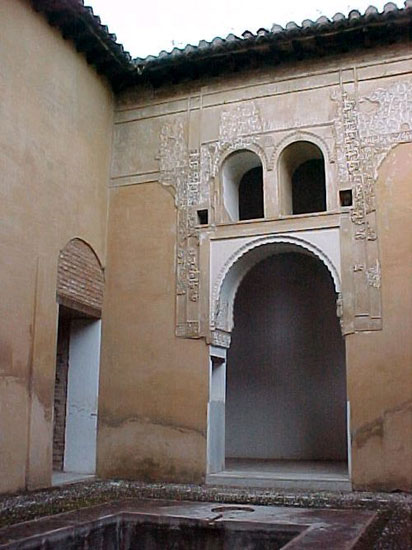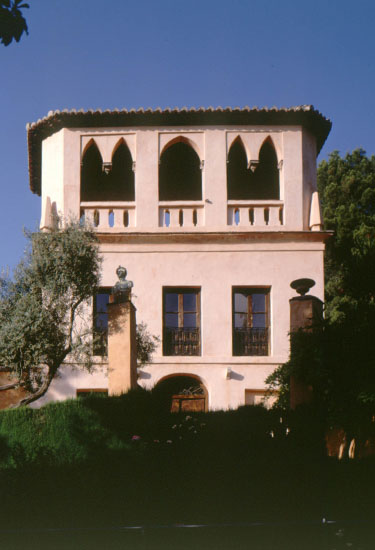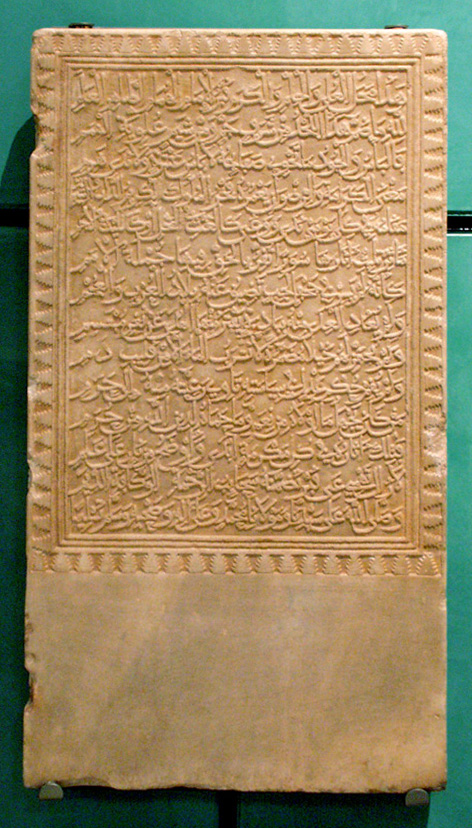Hidden Messages. Graffiti
The piece of the month for June has various interesting characteristics including the fact that it was a hidden decoration within the Nasrid timber-frame ceilings, which was found by chance.
Presentation of pieces of this kind must follow an order or structure which will consist of:
1. Presenting the important technical information for the piece (materials, object, function, measurements, origin, dating and characteristics).
2. Introduction to graphic expression: definition of the term graffiti; the interest shown in the past for artwork of this kind, as reflected in iconographic and written historical references. GIven that the definition of graffiti includes the text «…graffiti was drawn or painted on surfaces which were not predesigned for this purpose. Examples of ancient graffiti survive today on buildings, natural spaces (rocks and caves) and other furnishings and fittings (ceramics, bone, wood)». We will also be looking at examples thereof.
3. We will also be talking about the procedence of the piece we are studying. i.e. where it came from, the panelled latticework ceiling of the western alcove of the Hall of the Two Sisters. We will be analysing the paneled ceiling itself and the restoration process it has undergone.
4. We will be analysing the human figures on this piece of graffiti, discussing their appearance and mode of dress (the man with a beard, turban and clothing) and the things he is carrying (a sheathed jineta sword and sword belt). We will be comparing it with other graffiti and with the human figures painted on the walls of the Hall of Kings and of the small houses in the Partal, as well as with other iconographic works.
Time: Saturdays at 12.00
Place: Museum of the Alhambra, Palace of Charles V





 Contact
Contact






